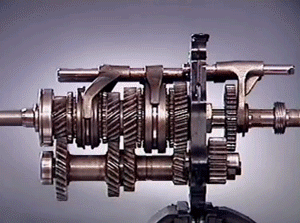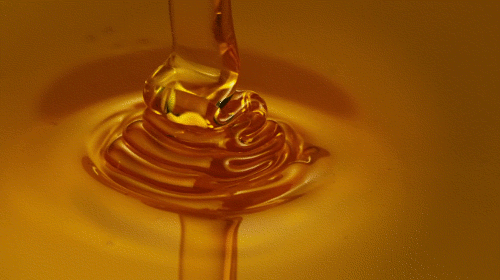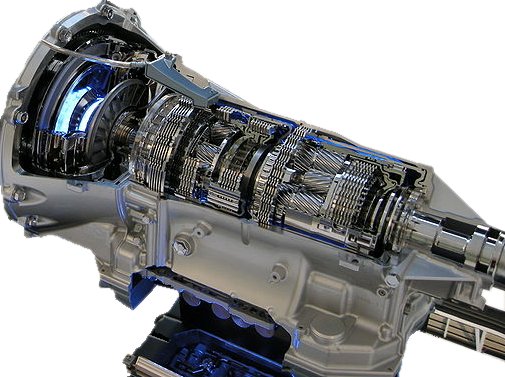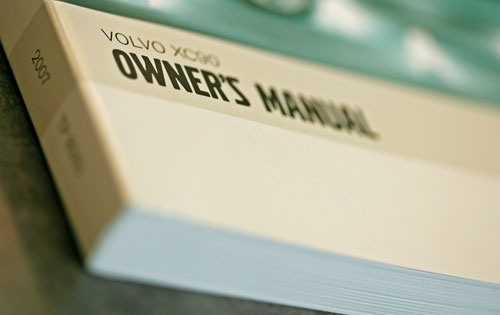- #granvilleoils #tradeshow #motortradeshow 1
- 0w/20 1
- A Bit Of Fun 3
- Abro 1
- Additive Packs 1
- Additive tanks 1
- Aftermarket 4
- Air Conditioning 4
- Animated Cars 1
- Antifreeze 9
- Article 2
- Auto Express 1
- Automatic Transmission 2
- Automechanika 7
- Automotive 35
- Autosol 3
- Autumn 2
- award 1
- Awards 2
- Baring 2
- blow moulding 1
- bottle 2
- bottles 1
- Brake Fluid 1
- Brakes 2
- Brand Focus 2
- Brands 1
- brochure 2
- business 1
- C3 2
- C4 1
- Capacity 1
- Car Wash 5
- carcare 2
- carcleaner 1
- carinterior 1
- Cars 5
- Catalogue 3
- Chemical 7
- chemical plant 1
- Cleaners 1
- Cleaning 10
- cockpit shine 1
- cockpitshine 1
- Cold Weather 4
- company 1
- company brochure 1
- Coolant 5
- Corporate 5
- cutting-edge 1
- design 4
- Dexos 1
- dubai 2
- dv5r 1
- eb2dt 1
- emergency puncture repair 1
- engine oil 3
- ep 1
- EV 1
- evolution 1
- exhibitions 2
- Facts 6
- Favourite Cars 1
- Flunkey 1
- Frankfurt 3
- FS 1
- fs pc 1
- fs rn 1
- Fuel 1
- Garden 1
- Gear Oil 3
- Germany 3
- Granville 10
- Granville bottles 1
- Granville brochure 1
- Granville catalogue 1
- Granville new tanks 1
- Granville Oil 42
- Granville Oil tanks 1
- Granville Oils 2
- Granville Oils Site 1
- Granville tank farm 1
- Granville tyre repair 1
- granvilleoil 4
- graphic 1
- Grease 2
- Gunk 1
- History 1
- homepage 1
- Hypalube 4
- identity 1
- ISO 14001 1
- James Bond 1
- James Holland 1
- logo 1
- Lubricant 18
- lubricants 2
- lubricating oils 1
- Machinery 2
- madeinuk 1
- Maintenance 20
- Manual Transmission 3
- manufacturing 1
- Mechanic 3
- mid saps 2
- motor 2
- Motor Factor 2
- Motor Oil 22
- motoring 3
- Motoring Problems 16
- mtf 1
- new engine oil 1
- new fully synthetic oil 1
- new Granville product 2
- new logo 1
- new packaging 1
- New Product 9
- new products 1
- NGLI 1
- Nova Car Care 3
- Nürburgring 1
- OEM 3
- oil 3
- packaging updates 1
- Paint 1
- Pets 1
- plastic 1
- PMF 1
- Polish 1
- Powertron Ultra 1
- premium oils 1
- product 2
- Product Feature 4
- Product Release 8
- production 1
- Products 3
- profinish 1
- puncture repair product 1
- Rain X 2
- Range 1
- rebrand 2
- rebranding 1
- recruitment 1
- refresh 1
- RN17 FE 1
- Screen Wash 1
- Screenwash 1
- September 2
- Show 1
- Sintron 1
- smartphone 1
- Spring 1
- staff 1
- stop start 1
- Summer 2
- tank farm 1
- tanks 1
- team 1
- Technical 22
- technolube 1
- Trade Show 5
- transmission 1
- Transmission Fluid 6
- Turtle Wax 4
- TV Cars 1
- tyre aid 1
- Tyre Safety 1
- Universal 1
- upgrade 1
- Valeting 9
- Veedol 10
- Veedol OEM 1
- Ventilation 1
- Wax 1
- website 2
- Windscreen 3
- Winter 3
- workmilestone 1
- 2024
- Dec 2
- Oct 2
- Sep 2
- Jun 3
- May 2
- Apr 6
- Jan 1
- 2023
- Dec 1
- Sep 1
- Jul 2
- Mar 4
- 2022
- Nov 2
- Oct 1
- Sep 1
- Aug 1
- Apr 1
- Feb 1
- Jan 1
- 2021
- Nov 1
- Aug 1
- Apr 1
- Mar 1
- Feb 1
- 2020
- Sep 2
- Jun 1
- May 1
- Mar 1
- Jan 1
- 2019
- Oct 1
- Sep 2
- Jun 1
- May 1
- Apr 1
- Mar 2
- Feb 2
- 2018
- Dec 1
- Sep 2
- Aug 1
- Jul 1
- May 1
- Apr 1
- Mar 1
- Feb 1
- Jan 1
- 2017
- Jul 2
- Jun 2
- Feb 2
- Jan 2
- 2016
- Dec 2
- Nov 2
- Jul 4
- Jun 5
- May 3
- Mar 2
- Feb 3
- Jan 2
- 2015
- Nov 1
- Oct 3
- Sep 1
- Aug 2
- Jul 4
What's the Difference Between Gear Oil and Transmission Fluid?
The most obvious answer to this question is that gear oil is generally intended for use in manual gear boxes and transmission fluid is for automatic transmissions. However, as is always the case with automotive lubricants, there are exceptions to this rule. In order to fully understand what the differences are between the fluids, we first have to take a look at the key differences between gearboxes and transmissions.
Both a gearbox and a transmission essentially do the same job in that they allow change of gears to control the speed, force and direction of travel, but they achieve this in different ways and so require different support fluids in order to operate properly.
Manual Gearbox
Manual gears operate based on a system of two shafts with gears which mesh together after user input via the clutch and the gear stick. This means that the manual gearbox creates a lot of heat, a lot of force and a lot of friction as the two moving objects come together.

As such, gear oil must be able to make these gear transitions as smooth as possible to prevent damage to the components as they shift and to achieve this gear oil has to have the following properties:
High Viscosity
The main thing you'll notice about gear oil is its viscosity. It's much thicker than motor oil, with an average motor oil being 5W/30 and the average gear oil being 75/90 (see this article for in depth explanation of oil viscosity index).

The high viscosity ensures that the entire gear train is lubricated thoroughly and, most importantly, that the gears are well cushioned from shock damage when they come together.
Resistance to Heat
The working of a manual gearbox creates a lot of friction and therefore a lot of heat. Gear oil is able to withstand high temperatures, transferring heat away from the gear train whilst not boiling off too rapidly and not depleting too fast to be of use for long.
Able to Function Under Extreme Pressure

Gear oils often come with extreme pressure additives in order for them to withstand the high pressures generated during the running of the vehicle, particularly where hypoid gears are involved. They help to keep the oil stable and functioning consistently.
Automatic Transmission
Automatic transmissions operate on in a planetary system where gears switch automatically depending on the demands of the engine. The gears in an automatic tend to be smaller and there are many more moving parts than a manual gearbox.

As such, the lubrication required is on a different level to that of a manual gearbox. Not only does the transmission fluid need to provide good lubrication but it also needs to be able to transfer power from the oil pump to the clutches which control the movement of the gears. To achieve this transmission fluid must have the following properties:
Low Viscosity
Transmission Fluid is essentially thin hydraulic oil. In order to effectively lubricate the delicate parts of the system, the viscosity of the oil is kept low - generally around 0W/5 or 5W/10. Most importantly it needs to be relatively free flowing in order to transmit power from the engine to the transmission. The challenge presented to transmission fluid to maintain lubrication, whilst keeping clutch engagement consistent.
Keep the Channels Between Components Clean

Detergent is added to transmission fluid to make sure that build-up in the channels is kept under control.
Resistance to Heat
Transmission Fluid acts as a coolant in a similar way to gear oil in that it transfers heat away from the mechanisms caused by friction and high pressure, however its boiling point is lower than gear oil and as a result requires additives in order to improve its life expectancy.
Anti-foaming

It is important that air is kept out of the fluid as this would interfere with the transference of force through the liquid to the transmission. As such, transmission fluid has anti-foaming properties to help combat this.
What does this mean for my vehicle?
Whilst some manual gearboxes do use transmission fluids in place of gear oil, the same cannot be said for putting gear oil into an automatic transmission. Gear oil is much too viscous for these systems and will cause clogging between components.

The golden rule when it comes to automotive fluids is to always use what is recommended by your manufacturer in your vehicle. Check your Owner's Manual for details on what is safe to put in your system if you are going to conduct maintenance work on your vehicle.
--
This article is for general information only and is not intended as a diagnostic tool. Always consult your user manual before attempting any maintenance on your vehicle.
Article first published Tuesday 16th Feb 2016 16:20:00